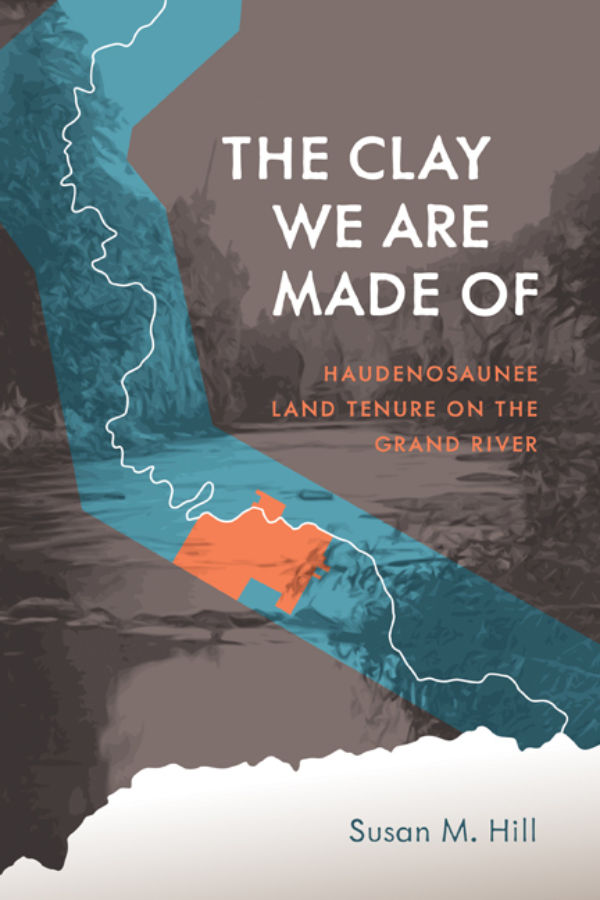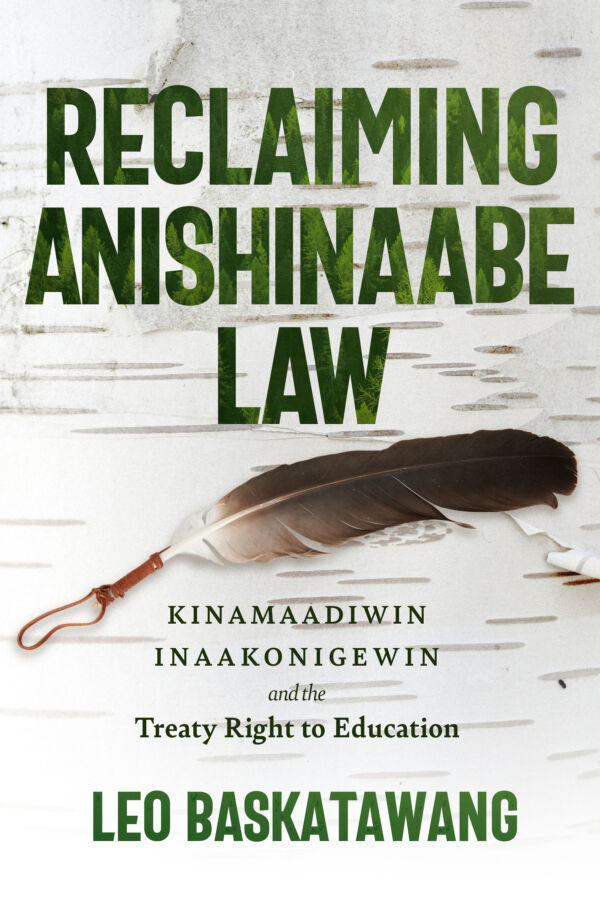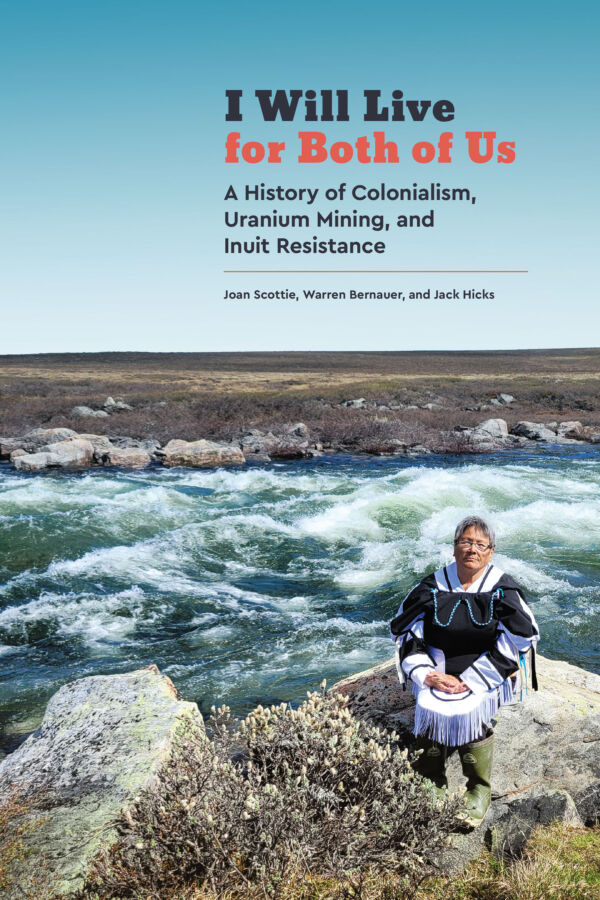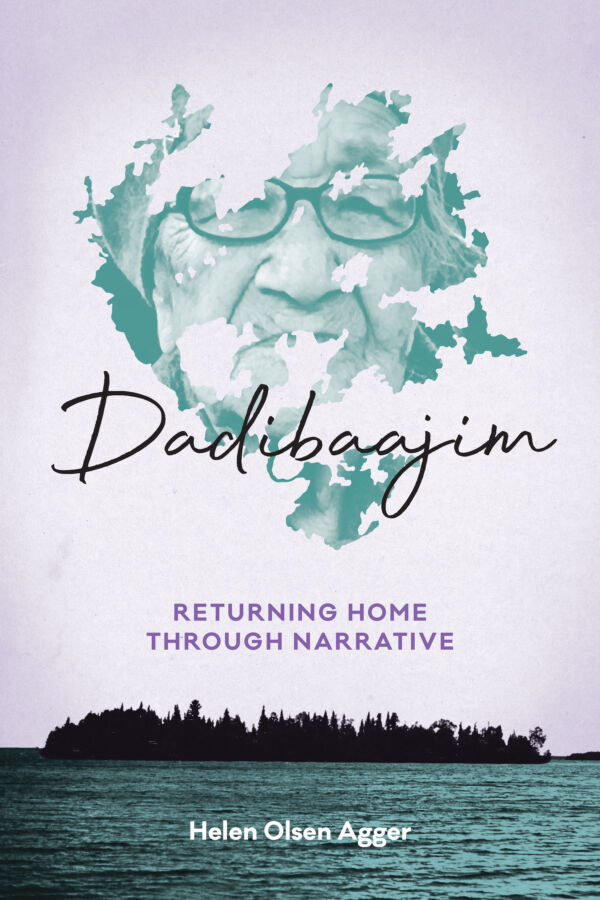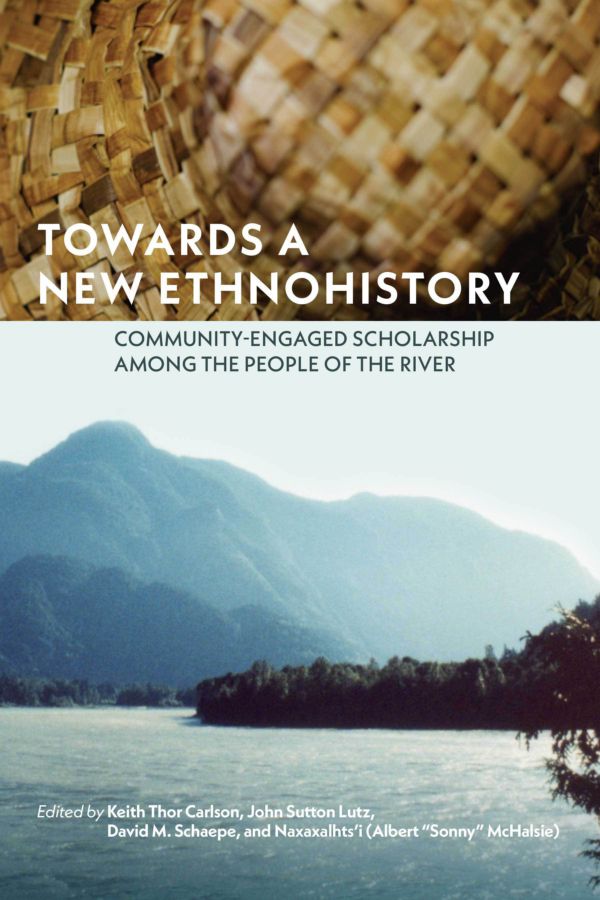Overview
If one seeks to understand Haudenosaunee (Six Nations) history, one must consider the history of Haudenosaunee land. For countless generations prior to European contact, land and territory informed Haudenosaunee thought and philosophy, and was a primary determinant of Haudenosaunee identity.
In The Clay We Are Made Of, Susan M. Hill presents a revolutionary retelling of the history of the Grand River Haudenosaunee from their Creation Story through European contact to contemporary land claims negotiations. She incorporates Indigenous theory, fourth world post-colonialism, and Amerindian autohistory, along with Haudenosaunee languages, oral records, and wampum strings to provide the most comprehensive account of the Haudenosaunee’s relationship to their land. Hill outlines the basic principles and historical knowledge contained within four key epics passed down through Haudenosaunee cultural history. She highlights the political role of women in land negotiations and dispels their misrepresentation in the scholarly canon. She guides the reader through treaty relationships with Dutch, French, and British settler nations, including the Kaswentha/Two-Row Wampum (the precursor to all future Haudenosaunee-European treaties), the Covenant Chain, the Nanfan Treaty, and the Haldimand Proclamation, and concludes with a discussion of the current problematic relationships between the Grand River Haudenosaunee, the Crown, and the Canadian government.
Reviews
“The Clay We Are Made Of is an impressive book. Hill situates herself as a community based scholar and yet manifests the ability, as Lakota historian Philip Deloria has recently recommended, ‘to look the Euro-American archive full in the face.’ Hill’s project is truly at the cutting edge of Indigenous North American studies, one which promises to eradicate some of the barriers separating Indigenous communities from the individuals who study them. Informed by close readings of Haudenosaunee tradition and untapped archival sources, this book maps out the story of the Grand River’s people in a fresh and compelling narrative that overturns many previously held assumptions about the extent of Haudenosaunee agency vis-a-vis the Canadian settler state.”
Jon Parmenter, Cornell University
“Susan Hill’s prize-winning book offers a comprehensive history of land and governance that is rare in its framing, its focus, and its execution, rendering it one of the most important studies to emerge on Haudenosaunee history to date.”
Audra Simpson, Native American and Indigenous Studies
“Hill succeeds in presenting a decolonized representation of the Haudenosaunee past in order to guide future generations."
Loren Michael Mortimer, American Indian Culture and Research Journal
“A crucial intervention in the study of Indigenous land claims. It is at once a comprehensive account of the history of Haudenosaunee land tenure leading up to present-day Six Nations territory, and a rumination on Haudenosaunee relationships with the land based on traditional Indigenous Knowledge.”
Jeff Fedoruk, Canadian Literature
“The Clay We Are Made Of incorporates Indigenous knowledge, oral records, wampum belt teachings, and historical research to tell the historical and contemporary story of the Grand River Haudenosaunee. This multi-layered approach to research represents the level of relationship building and community engagement that all historians approaching Indigenous history should strive toward.”
Krista McCracken, Unwritten Histories
“With The Clay We Are Made Of, Susan Hill offers a path-breaking re-interpetation of the history of the Haudenosaunee. Hill’s work speaks to a wide-range of scholars in history as well as to scholars in Indigenous Studies. Hill’s contribution is significant because it models how historians can engage with Indigenous ontologies and thereby reorient their interpretive tools and Indigenize their practice. She draws upon diverse sources that go well beyond the colonial record to include oral records, Creation stories, wampum strings, and linguistic analysis. She firmly grounds the history of the Haudenosaunee within the context of overlapping relationships: relationships with the earth and relationships with the ancestors. By doing so, she decenters and reinterprets the relationship that has more commonly dominated the field of Indigenous history, that between Indigenous peoples and Europeans. By situating her chronological history of Haudenosaunee interactions with Dutch, French, and British colonizers within a Haudenosaunee relational worldview, Hill irrevocably changes how historians interpret written colonial records. Moreover, she extends her work to connect past and present—showing how the past endures in the present—and thus underscores the contemporary import of the work in which historians engage.”
Judges, Aboriginal History Group Book Prize, Canadian Historical Association | Société historique du Canada
“Susan Hill’s The Clay We Are Made Of is an innovative and complex history of the Haudenosaunee (Six Nations) Confederacy and its relationship to the land it continues to call home on both sides of the Canadian-American border. Grounded in the key epics at the roots of Haudenosaunee history, Hill weaves a retelling of their story from its origins, through European contact, to present-day land claims disputes by deftly employing a wide array of Indigenous and settler sources and approaches. Hill’s clear and compelling narrative tells a story not just of dispossession but also of community resilience. As such, Hill’s study has resonance not only for the current climate of reconciliation, but it will be a model for community-based Indigenous histories for years to come.”
Judges, Ontario Clio, Canadian Historical Association | Société historique du Canada
Awards
Indigenous History Book Prize, Canadian Historical Association (2018)
CLIO History Prize (Ontario), Canadian Historical Association (2018)
Best First Book, Native American and Indigenous Studies Association (2018)
François-Xavier Garneau Medal, Canadian Historical Association (2020)
About the Author
Table of Contents
Introduction: The Clay We Are Made Of
Part I: Haudenosaunee Cultural History and Relationship to Land
1: Karihwa’onwe—The Original Matters
2: Kontinonhsyonni—The Women Who Make the House
Part II: Haudenosaunee Land Tenure: From Iroquoia to the Grand River Territory
3: Teyohate—Two Roads (Pre-contact to 1783)
4: Shotinonhsyonnih—They Built the Longhouse Again (1784 to 1847)
5: Skanatayonnih—One Village Has Been Made (1847 to 1924)
Epilogue

